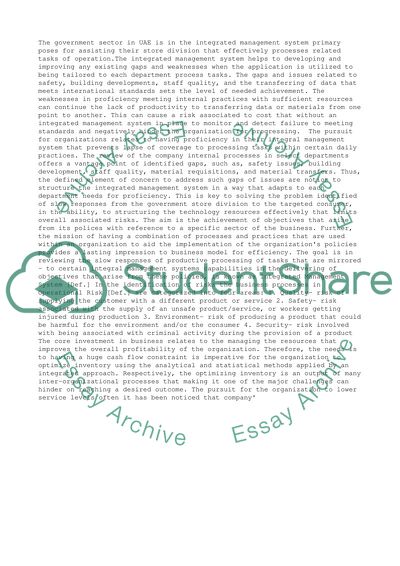Cite this document
(“The role if Integrated Management System in Developing Inventory Dissertation - 1”, n.d.)
Retrieved from https://studentshare.org/management/1423761-the-role-if-integrated-management-system-in
Retrieved from https://studentshare.org/management/1423761-the-role-if-integrated-management-system-in
(The Role If Integrated Management System in Developing Inventory Dissertation - 1)
https://studentshare.org/management/1423761-the-role-if-integrated-management-system-in.
https://studentshare.org/management/1423761-the-role-if-integrated-management-system-in.
“The Role If Integrated Management System in Developing Inventory Dissertation - 1”, n.d. https://studentshare.org/management/1423761-the-role-if-integrated-management-system-in.


